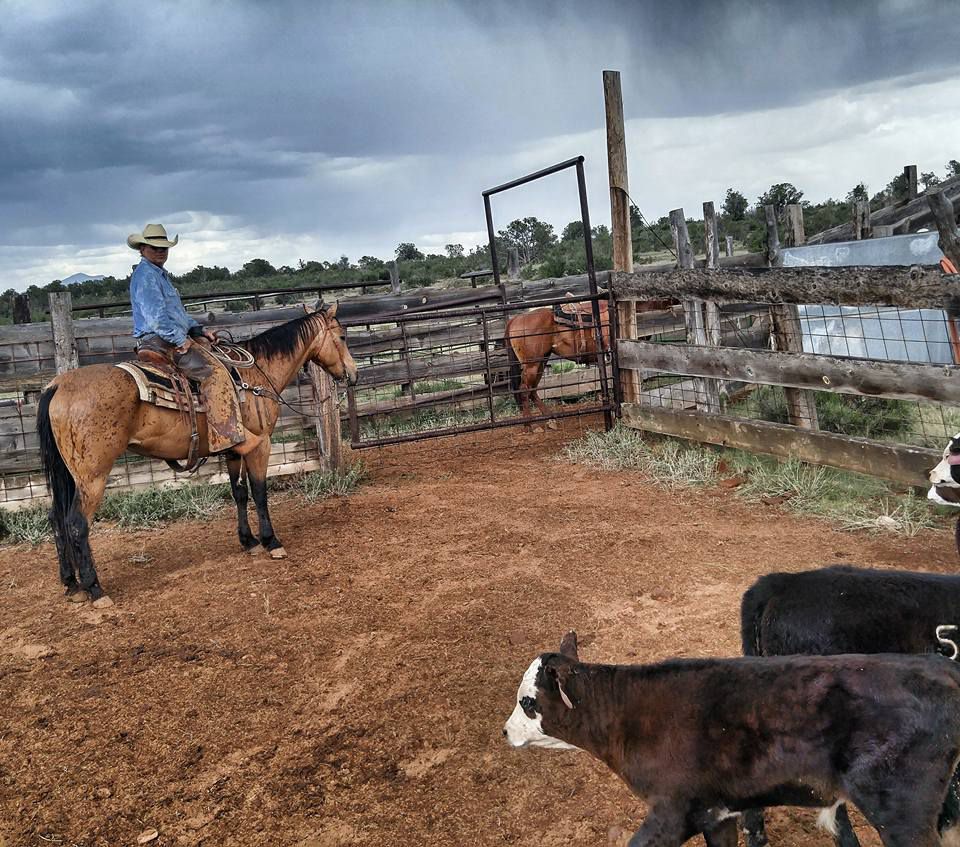The Science-based Benefits of Grazing on Public Lands
Author
Published
10/8/2019
As President Dwight D. Eisenhower once wisely noted, “Farming looks mighty easy when your plow is a pencil and you're a thousand miles from the cornfield.” And when I read the July 7 th article titled “Arizona Charges Less than almost Anyone Else to Graze Cattle” in The Arizona Republic, this quote immediately came to mind.
Unfortunately, the article compares apples to oranges, or since we’re talking about landscapes, a desert to a forest. Ranching in Arizona is unique, challenging and as diverse as the great state of Arizona and certainly unlike other states, even other western states.
As a cattle breeder himself, Eisenhower recognized the hard work and dedication it takes to feed a nation and the importance of a stable and abundant food supply to national security . The public trust entrusted to us is not taken lightly by any rancher in Arizona. For us, state lands don’t just represent a way to fund the schools our children attend or preserve the heritage of the state we love. They represent the resource that sustains our livelihood.
And to the cost issues, Arizona's grazing rates are low because that's what the market will sustain. State lands with no other use than grazing means demand for the land is low, and the grazing rate reflects that. The comparison that the article sets up is that Arizona's rates are lower than any other state, therefore it’s assumed the grazing fees are too low. The real comparison is that Arizona's rates are low because the land has no other use but grazing, and grazing is actually the best way to maximize the value of that land both to the State Trust and to other taxpayer-funded services, in the meantime as a rancher I’m responsible for building and maintaining any improvements on the land I use for grazing. I pay for those improvements, not the taxpayer. And, an added benefit is I’m also feeing you a high-quality beef.

Benny Aja with his cattle.
Cattle ranchers serve as a tool for land management on behalf of the state. As a rancher, I like to identify the illuminating number of very important science-based, environmental benefits responsible grazing does for public and private lands. Those benefits include:
- Increased diversity of plant and animal species.
- Reducing wildfire threat from rangeland fires (an important one in Arizona and California).
- Habitat restoration for wildlife including threatened and endangered species.
- Control of invasive plant species.
- Controlling erosion from water runoff for improved water quality.
- Improving vegetation along stream banks and watershed health.
- Offering visually attractive vistas.
- Preventing fragmentation of habitat from housing and commercial development and maintaining connected wildlife corridors.
- Preserving open space in a rapidly growing state.
- Offering recreational opportunities, such as hiking and wildlife viewing.
Much of our state lands currently under grazing are not suitable for other enterprises, yet the forage grown on these lands can be used by cattle to produce an agricultural product while the water we maintain for our cattle also allows wildlife to thrive.
Ultimately, my role as an Arizona rancher is to steward the land for future generations, including my own grandchildren. Providing food for my family and you are what gets me out of bed every day. This is our commitment as ranchers 24/7. And I have a personal, vested interest to do that the right way.
Editor’s Note : Benny Aja is a generational rancher in Northern Arizona and serves as the current president for Coconino County Farm Bureau and Cattle Growers Association. A version of this editorial first appeared in the Arizona Republic this last summer.
Join Our Family